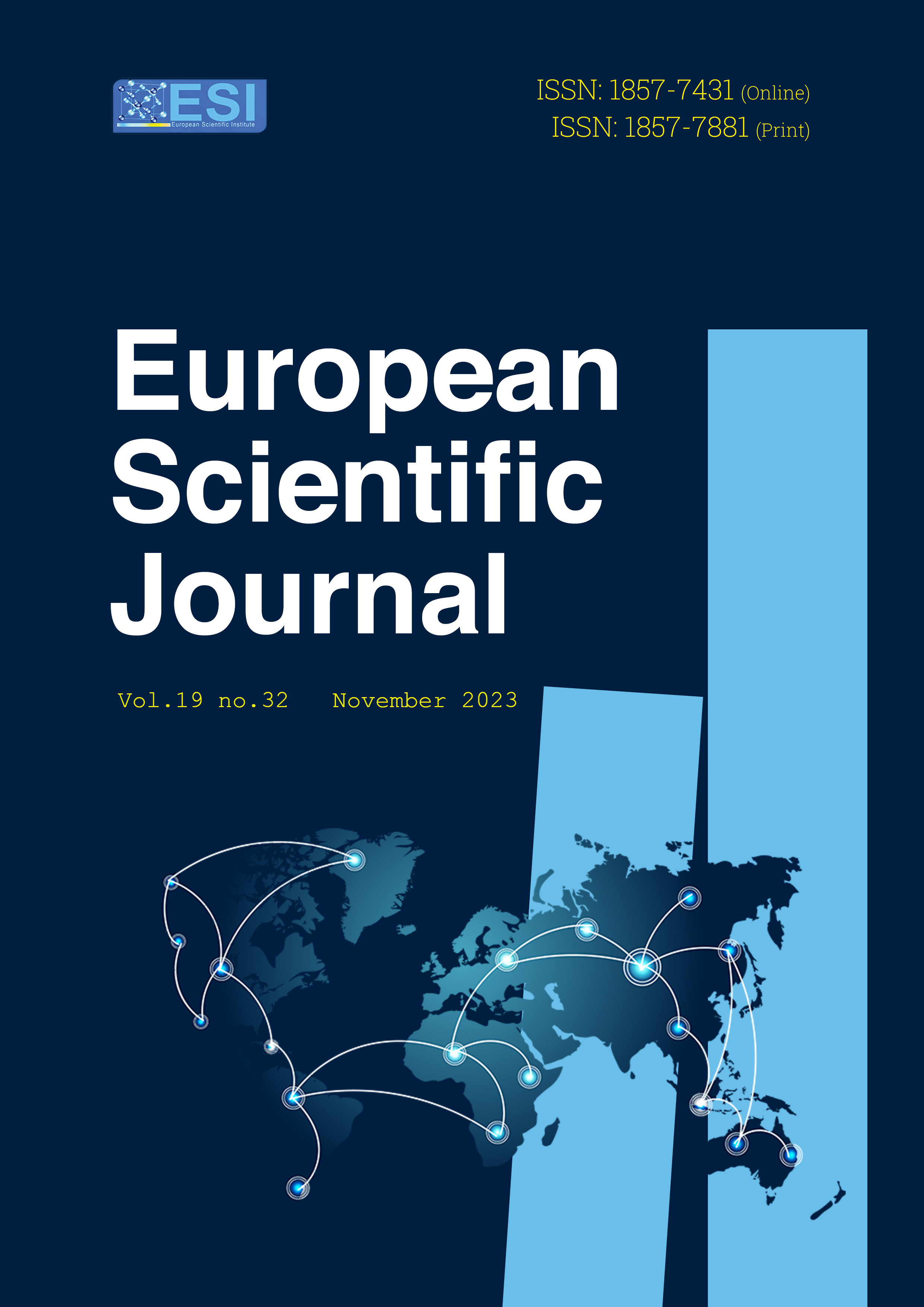Re-Visitation of “The Epic of Sunjata”: Using Virtual Reality (VR) as a Method of Instruction
Abstract
This paper focuses on students learning literature in the classroom, presenting it as a challenging “out of culture experience”. The expanded world history curriculum now encompasses a global perspective, moving beyond a European focus. To engage with topics beyond Europe, students must cultivate approaches that extend beyond mere memorization of dates and locations. One approach to adopt is the use of VR to expose students to literature from outside Africa and Europe (VR). A narrative such as "The Epic of Sunjata" may teach valuable lessons, as it will pique students' curiosity about subjects outside Africa and Europe.
Downloads
Metrics
PlumX Statistics
References
2. Benjy, Marks, Thomas, & Jacqueline, (2021). “Adoption of Virtual Reality (VR) Technology in Higher Education: An Evaluation of Five Teaching Semesters in a Purpose Designed Laboratory.” 2021 July 8; 1-19. DOI: 10.1007/s10639-021-10653-6.
3. Belcher & Stephen (1999). “African Epic-Sunjata Keita.” (First published by: Niane, D. T., (1965). Sunjata). Published University of Birmingham Press, 1999.
4. Bird, S. (1977). “Sunjata Criticism-Review of Sunjata: Three Mandinka Versions: Research in African Literatures (1987). Vol.8, No3, Winter 1977.
5. Bird, S., Charles, Sissoko Fa-Digi, Johnson, & William, J. (1988). “The Epic of Son-Jara: A West African Epic of the Mande people.” Africa, 64(2), DOI: 10.2307/1160986.
6. Conrad & David, C. (2004). “Sunjata: A West African Epic of the Mande peoples.” Hachette Publishing.
7. Gay, G. (2002). Preparing for culturally responsive teaching. Journal of Teacher Education, 53(2), 106-116.
8. Hawkins, I. (2020). Virtual Reality and the New Classroom Norm. Journal of Technology and Educational Practices, 12(2), 14-20.
9. Innes Gordon (2000). “Sunjata (Penguin Classics)”-Paperback (2000) (Author) Bamba Susso, Banna Kanute, Gordon Innes, Lucy Duran, Graham Furrniss, Penguin Classics, January 1, 2000.
10. Jansen Jan (2001). “The Sunjata Epic-The Ultimate Version.” Research in African Literature, 32(1), 14-46.
11. Merchant, Z., Goetz, E. T., Cifuentes, L., Keeney-Kennicutt, W., & Davis, T. J. (2014). Effectiveness of virtual reality-based instruction on students' learning outcomes in K-12 and higher education: A meta-analysis. Computers & Education, 70, 29-40.
12. Monteil Charles (1977). “Les Bambara du Segou et du Kaarta.” 32 editions published between 1923 and 1977 in French and English and held by 172 World Cat member libraries Worldwide.
13. Okpewho Isidore (2006). “Sunjata Epic-Home, Exile, and the Space In Between.” Research in African Literature, 37(2), 68-73.
14. Radiani, Jaziar, Maajchrzak, Tim, Fromm, Jennifer, Wohlgenannt, & Isabell (2020). “Computer and Education”—A Systematic Review of Immersive Virtual Reality (VR) Application for Higher Education: Designed Elements, Lessons Learned, and Research Agenda.” Computers & Education, 147, April 2020, 103784.
Copyright (c) 2023 Ladji Sacko

This work is licensed under a Creative Commons Attribution 4.0 International License.








